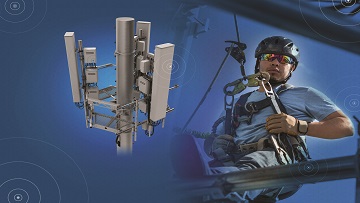It’s Throwback Fiber Thursday – CommScope’s effort to re-post popular blogs from the last year that have to do with all things fiber. Do they still hold true? Do you see any changes? We’d love to have a conversation. Post your comments and questions below. This blog was originally posted on October 4, 2017 as part of our Top Fiber Questions series.

Question:
Will fiber be the best solution to connect cellular network radios in the future?
Answer:
That is the consensus. Mobile network operators will opt for fiber as the preferred technology for backhaul and fronthaul to cellular network radios wherever possible because of the ever-increasing bandwidth requirements of today and into the future.
Fiber offers the network operators many benefits such as:
• Capacity—Fiber can keep pace with growing backhaul requirements without the throughput and distance limitations of other technologies.
• Reliability—Fiber offers superior backhaul uptime, leading to increased subscriber satisfaction.
The density of radios for future cellular will drive the requirement for network convergence between wired and wireless traffic, increasing the requirement for fiber network solutions that focus on providing the density, accessibility and flexibility to support multiple applications needed for the future.
CLICK TO TWEET: CommScope's Wes Oxlee talks through how fiber will always be the most reliable means of providing fronthaul in this TFT post.
Another major driver is to reduce power usage and optimize space utilization at the tower. Many operators are now transitioning to C-RAN (centralized RAN) architecture—and fiber is key to the transition. With C-RAN, baseband units (BBUs) are moved away from the bottom of the tower and into central offices or BBU pooling locations, which can be located many kilometers away.
At the central office, the BBUs from multiple cell sites are pooled and connected to the remote radio head via fronthaul connectivity (to carry data from the cell sites to the BBU pool) and backhaul (to carry data from the BBUs back to the core network).
C-RAN offers an effective way to increase the capacity, reliability and flexibility of the network while lowering operational costs. It is also a necessary step along the path to cloud-RAN, where the BBU functionality will become “virtualized”—allowing for great elasticity and scalability for future network requirements.







